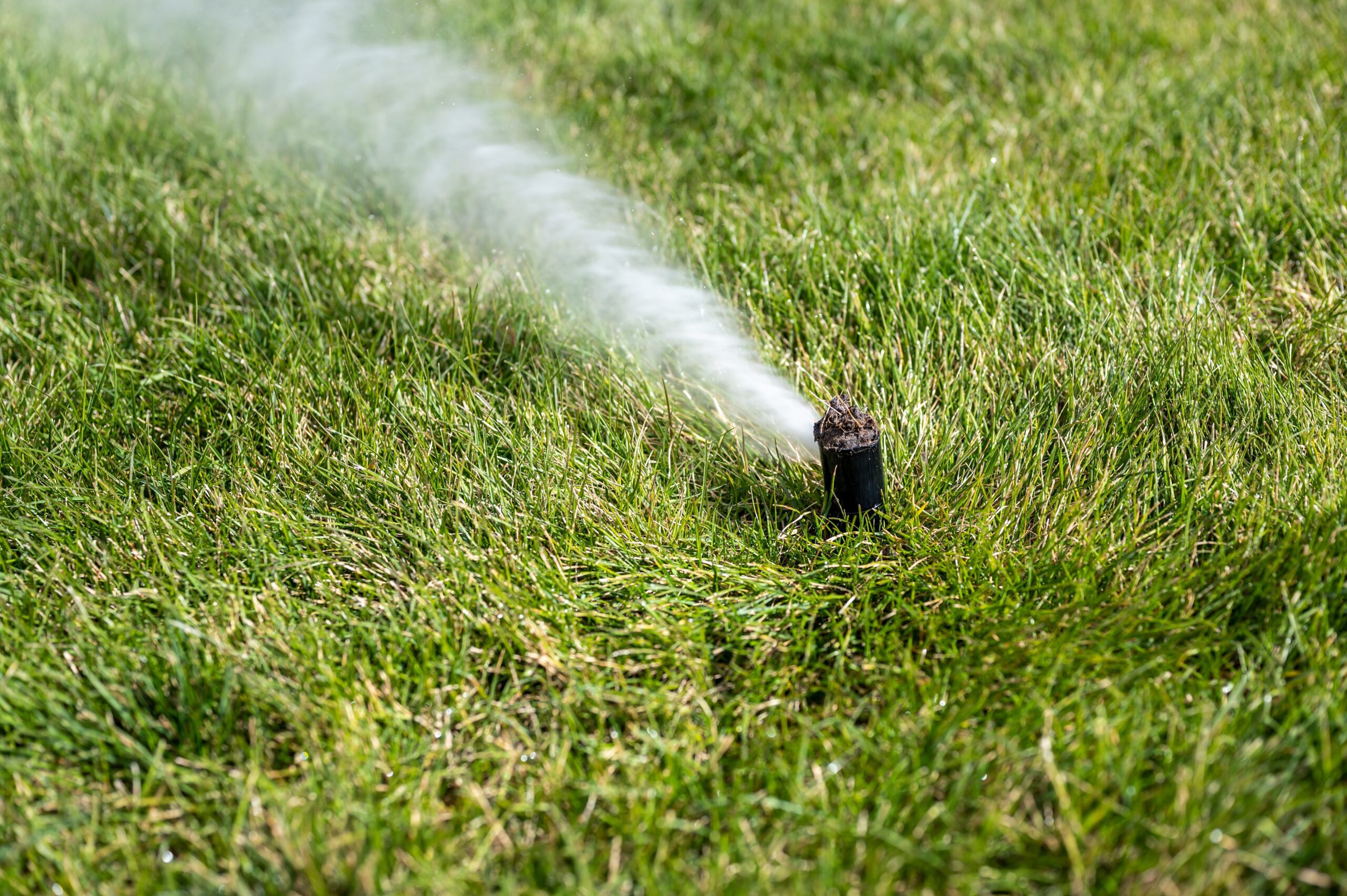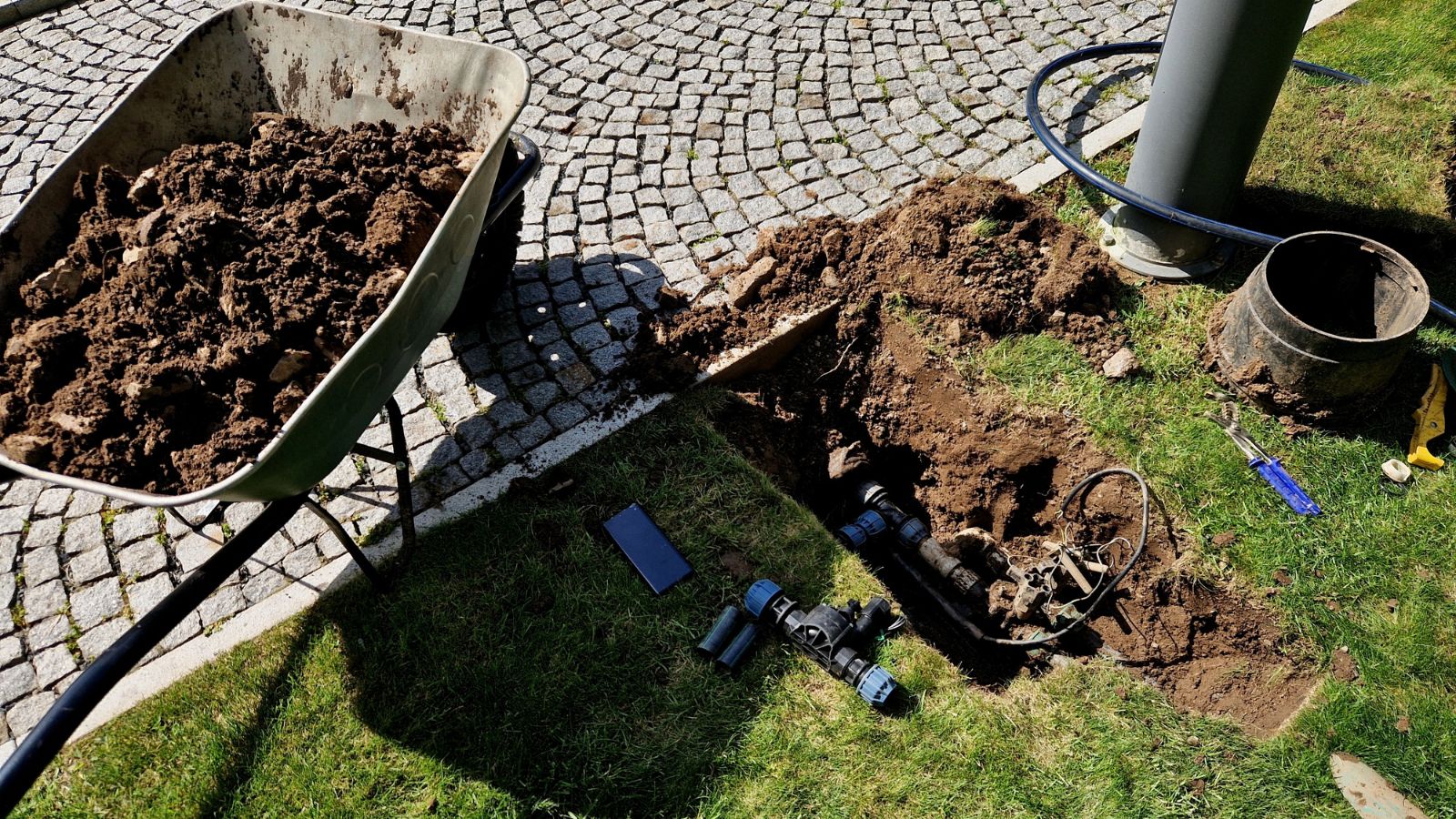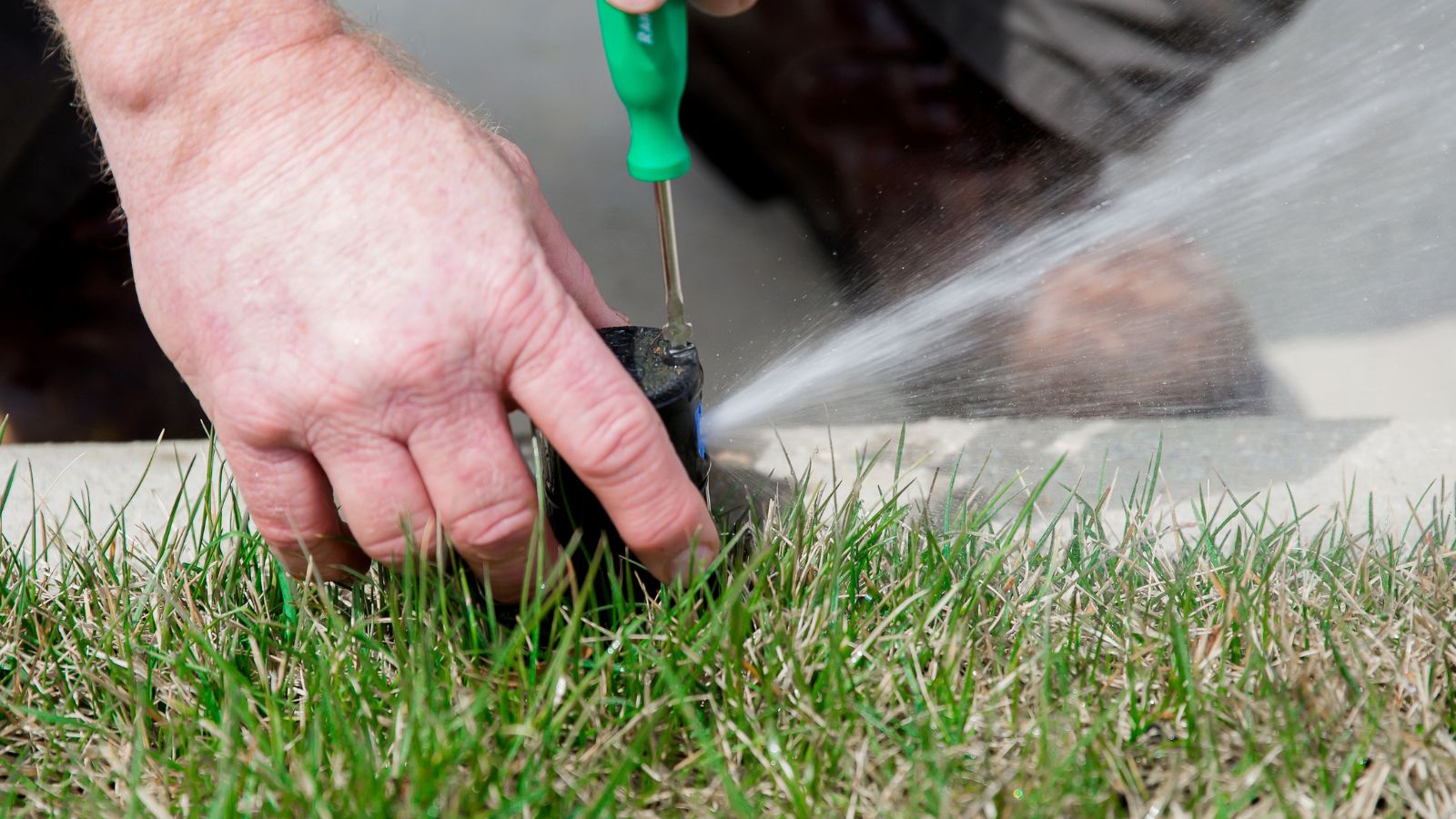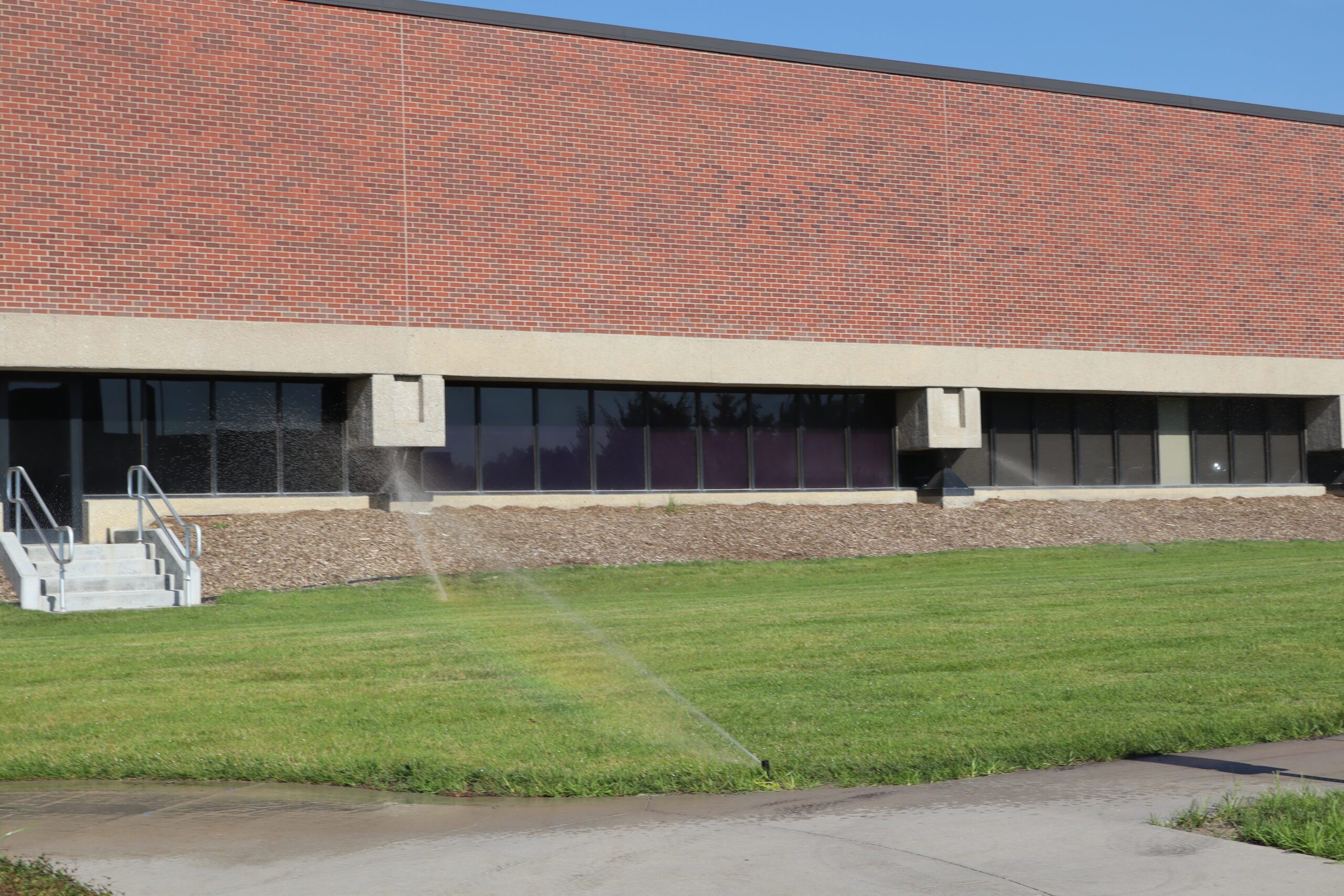Standing water in the yard is a common issue that can create numerous challenges for property owners. Aside from being unsightly, it can lead to yard drainage issues, attract pests like mosquitoes, other environmental problems, and damage to your property. Pools of stagnant water often become a breeding ground for pests like mosquitoes and can cause mud to be tracked into your home.
Lawns that have standing water will also lead to moss-covered patches, and moisture close to your home’s foundation increases the risk of water seeping into your basement. Addressing water pools in the yard requires understanding the root causes and implementing effective solutions. In this guide, we explore how to fix standing water in your yard and offer solutions for all budgets.
How To Get Rid of Standing Water in Your Yard?
Understanding what causes standing water can help you correct or prevent the problem entirely. The two most common causes are low spots in your yard and soil that poorly drains. Here are some easy solutions to help reduce and eliminate standing water in your yard.
Soil Draining Improperly
Poor soil drainage is one of the leading causes of stagnant water in yards. Clay soil retains moisture and prevents water from filtering through effectively. Sandy or loam soil drain more effectively because the materials act as a sieve instead of a moisture trap.
Improving drainage can be as simple as adding organic matter, such as compost, wood chips, or organic mulch. These can break up clay soil and enhance its drainage capacity. Over time, these materials enrich the soil and reduce excess water buildup. Aerating the soil in grass-covered areas also improves drainage and addresses compaction-related issues and allows water to penetrate the ground more effectively.
Low Spots in the Yard
Properties located in high precipitation regions and those that are situated at the bottom of a hill are more prone to water pools forming after rainfall. Even homes in regular areas may have low spots which can cause water to pool when it rains. The easiest way to fix this problem is by addressing the grading around the foundation of your home. This will prevent serious damage to your foundation, such as water seepage.
Regrading the land around your home helps direct water flow away from the foundation, reducing the risk of damage. Creating a French drain is one way to divert water away from low areas. This is simply a downward-sloping gravel-filled trench. In most cases, these are connected to a drain tile that directs the water to a dry well or a drainage pipe. A dry creek is an aesthetically pleasing option that serves the same function as a French drain but without the use of a pipe. Another visually appealing option is a rain garden, which absorbs runoff while adding greenery to your yard.
Compaction and Thatch
Lawn thatch and compaction can prevent proper soil drainage as well. Thatch and compacted soil create a physical barrier that traps water along the surface. Mild issues can be resolved with a dethatching rake, but more serious cases require an aerator tool that can be run across the soil or lawn. Compaction is usually caused by heavy foot or vehicle traffic and is often resolved by core aeration. If the problem persists, it may be a good idea to build a walkway over that area to help better equip the soil to handle foot traffic.
Dry Wells & Runoff Water
Managing excess runoff is critical to avoid future drainage problems. Proper planning ensures water flows safely, preventing impact on nearby properties. Connecting runoff to city drains or using drainage pipe installation methods helps achieve this.
Dry wells offer a reliable way to collect and gradually release water into the soil. These rock-filled chambers come in various sizes and should be scaled to match your area’s rainfall. Some homeowners even install multiple dry wells for better water control. For a more natural look, decorative runoff solutions like dry creek beds can combine functionality with landscape appeal.
Types of Residential Drainage Systems
Effective yard drainage systems prevent water pools from accumulating and protect your landscape from erosion. The right drainage solution depends on your yard’s slope, soil type, and existing water flow patterns. Here are some common residential drainage systems to consider:
Surface Drainage System
Surface drainage systems are installed in a parallel pattern and act as a channel for excess water. This type of drainage system leads the water to the main drain to prevent water from pooling around the foundation of your home. Homeowners with low-lying or flat properties can benefit most from surface drainage systems as it helps to move stagnant water elsewhere.
Subsurface Drainage System
Installing a subsurface drainage system is a great way to manage wet soil and remove excess water in a controlled fashion. This type of drainage system is also known as a french drain. Although installing a french drain requires digging ditches and installing underground pipes, this is the best way to lower the water table around your home foundation and fix drainage problems.
Slope Drainage System
This type of drainage system allows water to flow away from your home by using pipes anchored at a small incline. Slope drainage systems are best for fixing drainage issues on properties that lie on an uneven plane. Typically, a drainage specialist will regrade the property to direct the water to a storm drain and prevent other potential issues from an uneven foundation.
Causes of Standing Water in Your Yard
Understanding the reasons behind water pooling solutions is the first step to restoring your yard’s health. Identifying these causes early makes it easier to apply the right strategies on how to fix standing water in yard areas effectively.
Overwatering
If you have a sprinkler system installed and use it regularly, there is a chance you might be overwatering your lawn. Under no circumstances should you ever want to see standing water in your yard. If you do see pools of water, there is a good chance you have a drainage problem. Consider watering your lawn less often, and for shorter periods.
Thatch and Compaction
What is thatch? Thatch is a layer of organic matter that builds up along the outer base of plants. If your lawn is covered in thatch or other debris, it may be hard for your lawn to properly drain the water. Grass clippings, leaves, and roots can also cause water to pool.
Improper Grading
Lawn grading helps to properly drain water away from your lawn and the foundation of your home. Instead of pooling in your yard or around your home, grading allows water to flow freely to storm drainage systems or sewers. If your lawn is improperly graded, water can eventually pool near your home’s foundation and seep into your basement, causing a host of other issues.
Heavy Rain
Soggy conditions can often arise during or after periods of heavy rainfall. Thick soil in your yard prevents water drainage, and it can be even harder to remove the water from pooling on your lawn after a lot of rain without proper drainage systems installed.
Preventing Standing Water and Improving Yard Drainage
Standing water creates long-term damage, create a breeding ground for pests, and affect the overall health of your lawn. Addressing the causes of stagnant water, such as clay soil, low spots, poor drainage, overwatering, and improper grading, is essential for maintaining a beautiful and functional outdoor space. Combining methods such as French drains, dry wells, soil aeration, and land grading delivers reliable water pooling solutions.
Here are simple and effective steps to help prevent standing water in your yard:
- Aerate compacted soil regularly to improve water absorption.
- Install French drains or drainage pipes to redirect excess water.
- Use dry wells to collect and gradually release rainwater.
- Improve lawn grading to ensure water flows away from your home.
- Add organic matter to enhance soil drainage capacity.
- Reduce overwatering and monitor irrigation schedules.
- Create rain gardens or natural runoff areas to absorb stormwater.
Professional assistance from landscape drainage contractors can further optimize your yard’s performance, especially when addressing extensive or complex drainage challenges. Acting promptly not only protects your landscape but also maintains property value.
Pioneer Underground Lawn Sprinklers | Omaha’s Best Commercial & Residential Sprinkler Systems
Contact Pioneer Underground Lawn Sprinklers to schedule a free estimate on a system install or to find out what you can do to make your existing system more efficient. We welcome commercial and residential clients. And remember, whether you need our services now… or later in the season, Your Healthy Lawn is Our Passion and we are only a phone call away! Call 402-934-7900 to schedule your service.






